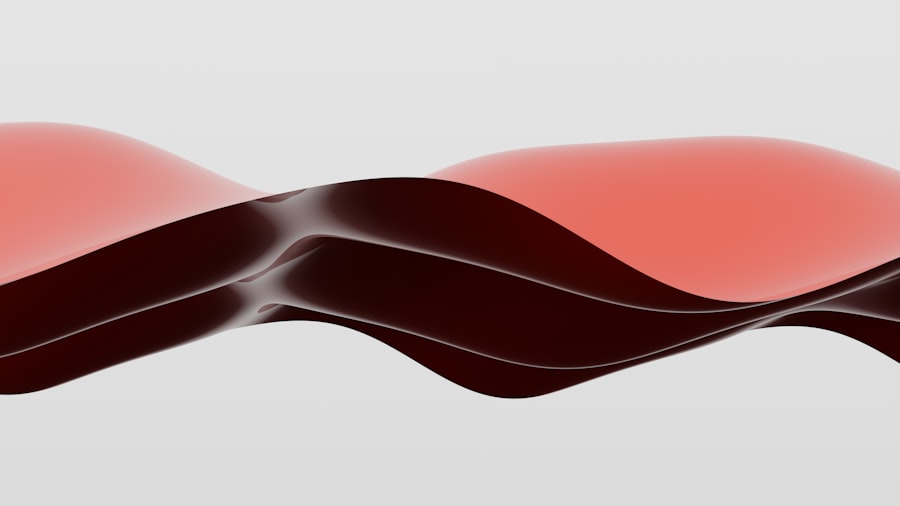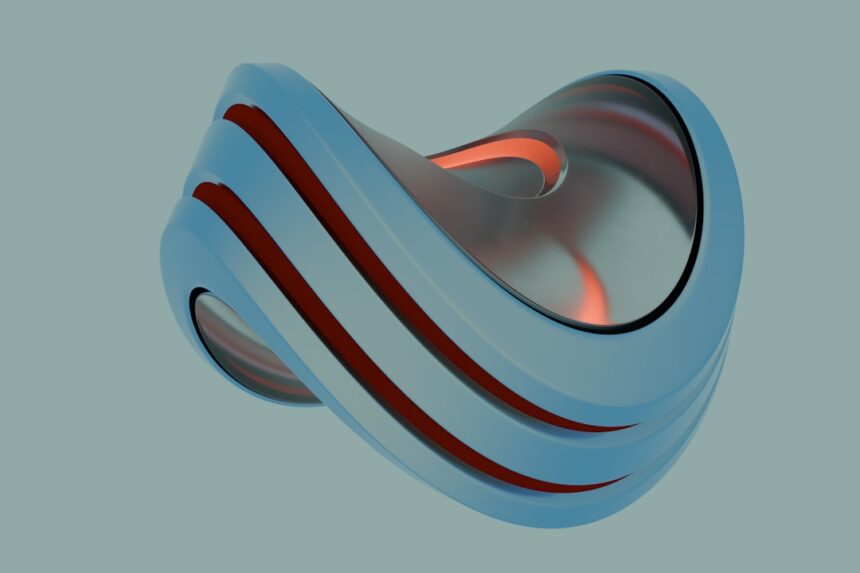German hydrodynamics represents a significant field of study that encompasses the behavior of fluids in motion, particularly water. This discipline has evolved over centuries, intertwining with various engineering sectors, including maritime, civil, aerospace, and automotive engineering. The principles of hydrodynamics are crucial for understanding fluid dynamics, which is essential for designing efficient systems and structures that interact with water.
The German approach to hydrodynamics is characterized by rigorous scientific research, innovative engineering practices, and a commitment to sustainability. The importance of hydrodynamics extends beyond theoretical studies; it has practical implications that affect everyday life. From the design of ships and submarines to the construction of bridges and dams, the principles of fluid dynamics are integral to ensuring safety, efficiency, and environmental compatibility.
As Germany continues to be a leader in engineering and technology, its contributions to hydrodynamics are vital for addressing contemporary challenges such as climate change, resource management, and sustainable development.
Key Takeaways
- German hydrodynamics has a rich history and has made significant contributions to the field of engineering.
- German engineers have played a key role in the development of hydrodynamics, impacting ship design, civil engineering, aerospace engineering, and more.
- The impact of German hydrodynamics on ship design has been substantial, leading to advancements in efficiency, stability, and safety.
- German hydrodynamics has found application in civil engineering, particularly in the design of bridges, dams, and other water-related infrastructure.
- The influence of German hydrodynamics extends to aerospace engineering, with advancements in aerodynamics and aircraft design.
Historical Development of German Hydrodynamics
The roots of German hydrodynamics can be traced back to the early scientific inquiries into fluid mechanics during the 18th and 19th centuries. Pioneers such as Daniel Bernoulli and Leonhard Euler laid the groundwork for understanding fluid behavior, but it was in Germany that these theories began to take shape into practical applications. The establishment of institutions like the Technical University of Munich and the University of Stuttgart fostered an environment where hydrodynamic research could flourish.
Throughout the 20th century, German engineers and scientists made significant strides in the field. The development of wind tunnels and water channels allowed for experimental validation of theoretical models. The work of figures like Hermann von Helmholtz and Ludwig Prandtl was instrumental in advancing the understanding of turbulence and boundary layers, which are critical concepts in hydrodynamics.
Their contributions not only enhanced academic knowledge but also paved the way for innovations in various engineering disciplines.
Contributions of German Engineers to Hydrodynamics

German engineers have made remarkable contributions to the field of hydrodynamics, influencing both theoretical frameworks and practical applications. One notable figure is Karl Benz, who applied hydrodynamic principles to improve the design of automotive vehicles. His work demonstrated how understanding fluid dynamics could lead to more efficient engine designs and better vehicle performance.
This integration of hydrodynamics into automotive engineering exemplifies the interdisciplinary nature of the field. Moreover, the contributions of engineers like Ernst Mach cannot be overlooked. Mach’s work on shock waves and compressible flow has had lasting implications for both aerodynamics and hydrodynamics.
His research has informed the design of high-speed vessels and aircraft, showcasing how German engineers have consistently pushed the boundaries of what is possible in fluid dynamics. These contributions have not only advanced scientific knowledge but have also had a profound impact on industries ranging from transportation to energy.
Impact of German Hydrodynamics on Ship Design
| Aspect | Impact |
|---|---|
| Hydrodynamic Research | German research has led to advancements in understanding fluid dynamics, leading to more efficient ship designs. |
| Hull Design | German hydrodynamics have influenced the development of streamlined hull shapes, reducing drag and improving fuel efficiency. |
| Propulsion Systems | German expertise in hydrodynamics has contributed to the design of more efficient propulsion systems, enhancing overall ship performance. |
| Resistance and Seakeeping | German hydrodynamic studies have provided insights into minimizing resistance and optimizing seakeeping abilities for various ship types. |
The influence of German hydrodynamics on ship design is profound and multifaceted. The principles derived from hydrodynamic studies have led to the creation of more efficient hull designs that minimize resistance and enhance speed. German shipbuilders have long been at the forefront of naval architecture, utilizing advanced computational fluid dynamics (CFD) tools to simulate water flow around vessels.
This technological advancement allows for precise optimization of ship shapes before physical prototypes are constructed. Additionally, Germany’s commitment to research in hydrodynamics has resulted in innovations such as the development of specialized coatings that reduce drag on ship hulls. These advancements not only improve fuel efficiency but also contribute to reducing greenhouse gas emissions from maritime transport.
The integration of hydrodynamic principles into ship design reflects a broader trend towards sustainability in engineering practices, aligning with global efforts to combat climate change.
Application of German Hydrodynamics in Civil Engineering
In civil engineering, German hydrodynamics plays a crucial role in designing structures that interact with water, such as bridges, dams, and flood control systems. The understanding of fluid behavior is essential for ensuring the stability and safety of these structures under various environmental conditions. German engineers employ sophisticated modeling techniques to predict how water will flow around structures, allowing for informed decision-making during the design process.
Moreover, Germany’s expertise in hydrodynamics has led to advancements in flood management systems. By analyzing river dynamics and sediment transport, engineers can develop effective strategies for mitigating flood risks. This proactive approach not only protects communities but also preserves ecosystems that may be affected by flooding events.
Influence of German Hydrodynamics on Aerospace Engineering

The influence of German hydrodynamics extends into aerospace engineering, where fluid dynamics plays a critical role in aircraft design and performance. The principles governing airflow around wings and fuselages are deeply rooted in hydrodynamic theories developed by German scientists. The work of pioneers like Ludwig Prandtl laid the foundation for modern aerodynamics, which is essential for optimizing aircraft efficiency and safety.
German aerospace engineers utilize advanced computational models to simulate airflow patterns around aircraft during various flight conditions. This capability allows for precise adjustments to be made in design, enhancing lift-to-drag ratios and overall performance. Furthermore, the integration of hydrodynamic principles into aerospace engineering has facilitated the development of innovative technologies such as winglets and advanced propulsion systems, which contribute to fuel efficiency and reduced emissions.
German Hydrodynamics and Renewable Energy
As the world shifts towards renewable energy sources, German hydrodynamics plays a pivotal role in harnessing energy from water bodies. The design and optimization of hydroelectric power plants rely heavily on understanding fluid dynamics to maximize energy generation while minimizing environmental impact. German engineers have been at the forefront of developing efficient turbine designs that convert kinetic energy from flowing water into electricity.
Additionally, advancements in tidal and wave energy technologies are rooted in hydrodynamic principles.
By applying hydrodynamic theories to these emerging technologies, German engineers are contributing significantly to the global transition towards sustainable energy solutions.
German Hydrodynamics and Environmental Engineering
Environmental engineering is another field where German hydrodynamics has made substantial contributions. Understanding fluid dynamics is essential for managing water resources, treating wastewater, and protecting aquatic ecosystems. German engineers employ hydrodynamic models to assess the impact of human activities on water bodies, enabling them to develop strategies for pollution control and habitat preservation.
Moreover, Germany’s focus on sustainable practices has led to innovative solutions for managing stormwater runoff and preventing flooding in urban areas. By integrating hydrodynamic principles into environmental engineering projects, German professionals are addressing pressing issues related to climate change and urbanization. This holistic approach ensures that engineering solutions are not only effective but also environmentally responsible.
German Hydrodynamics in the Automotive Industry
In the automotive industry, German hydrodynamics has played a crucial role in enhancing vehicle performance and efficiency. Engineers apply fluid dynamics principles to optimize airflow around vehicles, reducing drag and improving fuel economy. The use of wind tunnels for aerodynamic testing has become standard practice in Germany’s automotive sector, allowing manufacturers to refine designs before production.
Furthermore, advancements in computational fluid dynamics have revolutionized how automotive engineers approach vehicle design. By simulating airflow patterns around cars during various driving conditions, engineers can make informed decisions about body shapes, cooling systems, and even interior layouts. This integration of hydrodynamic principles not only enhances vehicle performance but also contributes to reducing emissions and promoting sustainability within the automotive industry.
Future Trends in German Hydrodynamics and Engineering
Looking ahead, the future of German hydrodynamics is poised for exciting developments driven by technological advancements and a growing emphasis on sustainability. The integration of artificial intelligence and machine learning into fluid dynamics research holds promise for optimizing designs across various engineering sectors. These technologies can analyze vast datasets to identify patterns and make predictions that enhance efficiency and performance.
Moreover, as global challenges such as climate change intensify, there will be an increasing demand for innovative solutions that leverage hydrodynamic principles. Germany’s commitment to research and development positions it well to lead efforts in creating sustainable technologies that address these challenges. From renewable energy systems to environmentally friendly transportation solutions, the future of German hydrodynamics will undoubtedly continue to shape modern engineering practices.
The Ongoing Influence of German Hydrodynamics on Modern Engineering
In conclusion, German hydrodynamics has established itself as a cornerstone of modern engineering across multiple disciplines. Its historical development reflects a rich tradition of scientific inquiry and practical application that continues to evolve today. The contributions made by German engineers have not only advanced theoretical knowledge but have also led to significant innovations that enhance efficiency, safety, and sustainability.
As society faces increasingly complex challenges related to climate change, resource management, and technological advancement, the principles of hydrodynamics will remain integral to finding effective solutions. The ongoing influence of German hydrodynamics on modern engineering underscores its importance as a field that bridges science with practical application, ensuring that future generations can build upon this legacy for a more sustainable world.
The influence of German hydrodynamics has been a pivotal factor in the advancement of naval engineering and fluid mechanics. A related article that delves into the historical and technical aspects of this influence can be found on the In The War Room website. This article provides an in-depth analysis of how German innovations in hydrodynamics have shaped modern naval strategies and technologies. For more detailed insights, you can read the full article by visiting




